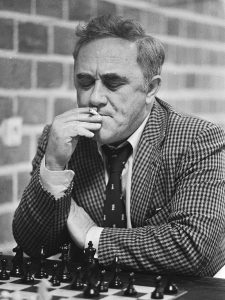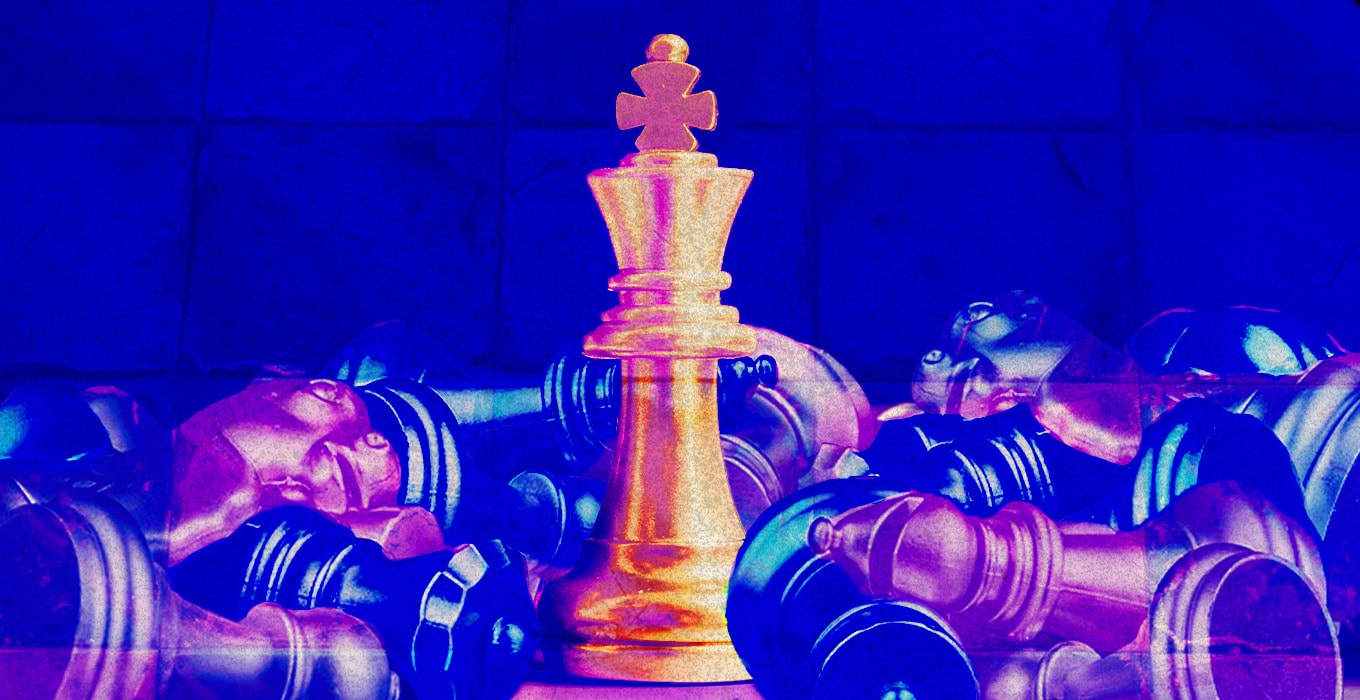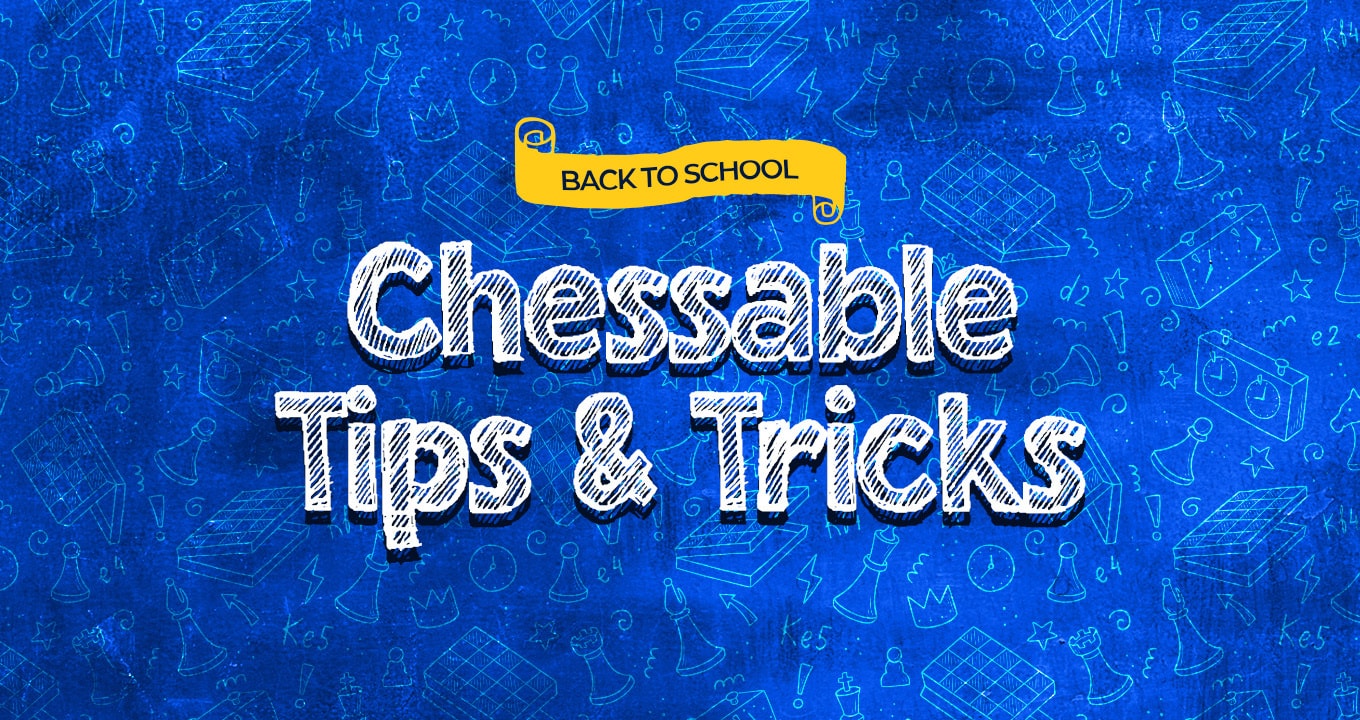The Patriarch of Soviet chess, the 6th World Champion Mikhail Botvinnik, said that “before Geller we didn’t know how to play the King’s Indian”.
Efim Geller is a well-known classic exponent of the King’s Indian, being one of the first, together with Bronstein and Boleslavsky, to uncover the dynamic possibilities of this counter-attacking weapon.

Being a strategist and tactician at the same time, Geller also had the Queen’s Gambit Declined as part of his repertoire. It gave him a good balance – the KID could be used when he needed a more dynamic battle while the QGD provided solidity and safety.
Geller was Boris Spassky’s main second in the match against Fischer. They prepared very well theoretically for that match, but in many instances, Spassky, for unknown reasons, didn’t play the prepared lines.
This played out against him. Perhaps the turning point of the match was the 6th game, when for the first time Fischer from his usual 1.e4 in favour of 1.c4.
Spassky planned to use the QGD in this case and the game followed the one played by Geller himself – the game Furman-Geller from 1970.

This position arose in both games after the moves 1.c4 (we take Fischer’s move-order here) e6 2.Nf3 d5 3.d4 Nf6 4.Nc3 Be7 5.Bg5 0-0 6.e3 h6 7.Bh4 b6 8.cd Nd5 9.Be7 Qe7 10.Nd5 ed 11.Rc1 Be6 12.Qa4 c5 13.Qa3 Rc8.
Here Furman first and then Fischer played 14.Bb5. The idea is to prevent the development of the knight from b8 and provoke …a6 in order to weaken Black’s queenside. Both Geller and Spassky complied with 14…a6 and lost.
The surprising part here is that Geller and Spassky analysed the improvement 14…Qb7! but for some reason Spassky didn’t play it.One year after the match in Reykjavik Geller was once again on the Black side of the same position. This time he played the intended 14…Qb7, sacrificing the pawn on c5.
After 15.dc bc 16.Rc5 Rc5 17.Qc5 Na6! he quickly obtained the initiative against Timman in Hilversum in 1973 and scored a crushing win. These types of sacrifices are not typically associated with the QGD.

Geller played the QGD on a regular basis and his games were always something that is worth taking a look at. He had a fine sense for the opening developments in all the openings he played. Under his tutelage, Karpov destroyed everybody in the Najdorf with 6.Be2 from the beginning of the 1970s until the appearance of Garry Kasparov.
Another famous story is that before his World Championship match with Nigel Short in 1993 Garry Kasparov asked Geller for advice what to do against the Marshall. Geller suggested not entering the gambit and trying the lines with a4. Kasparov won all the three games where he employed the line with a4 and the success of this line slowly led to the development of the modern lines in the Spanish with d3 and a3 or a4.
The next time when you’re in doubt about a variation, check whether Geller played it. If he did, it will probably be a good idea to take a better look at that line.





